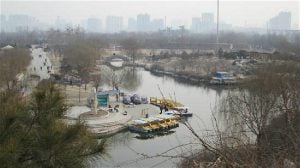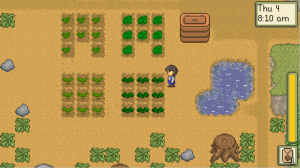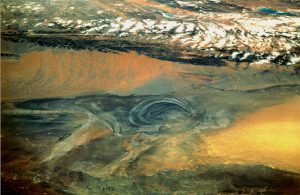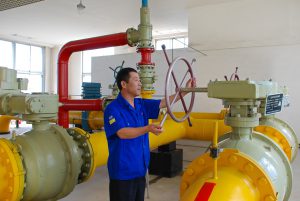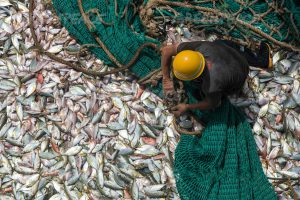Baiyangdian Lake is one of the most famous spots within the area that will become the Xiong’an New District, but the announcement of the new city has left Chinese feeling nostalgic for the country’s old lakeside villages.
The lake is also one of the most important landmarks in contemporary Chinese literature; there’s even a story set here included on the middle school curriculum. But the local environment has been in decline for years, and since the 1980s, China’s villages have become increasingly marginalised.
Baiyangdian hasn’t been given much attention for some time now – will the new city change that?
1940s: flourishing villages
In the 1940s leftist author Sun Li wrote Lotus Lake – Memories of Baiyangdian, a story that would make him famous. Its inclusion on the middle school literature curriculum transformed the lake into one of China’s most recognisable cultural landmarks.
Like countless revolutionary works of the time, Lotus Lake recounted the Communist-led struggle of northern Chinese peasants battling the Japanese invaders.
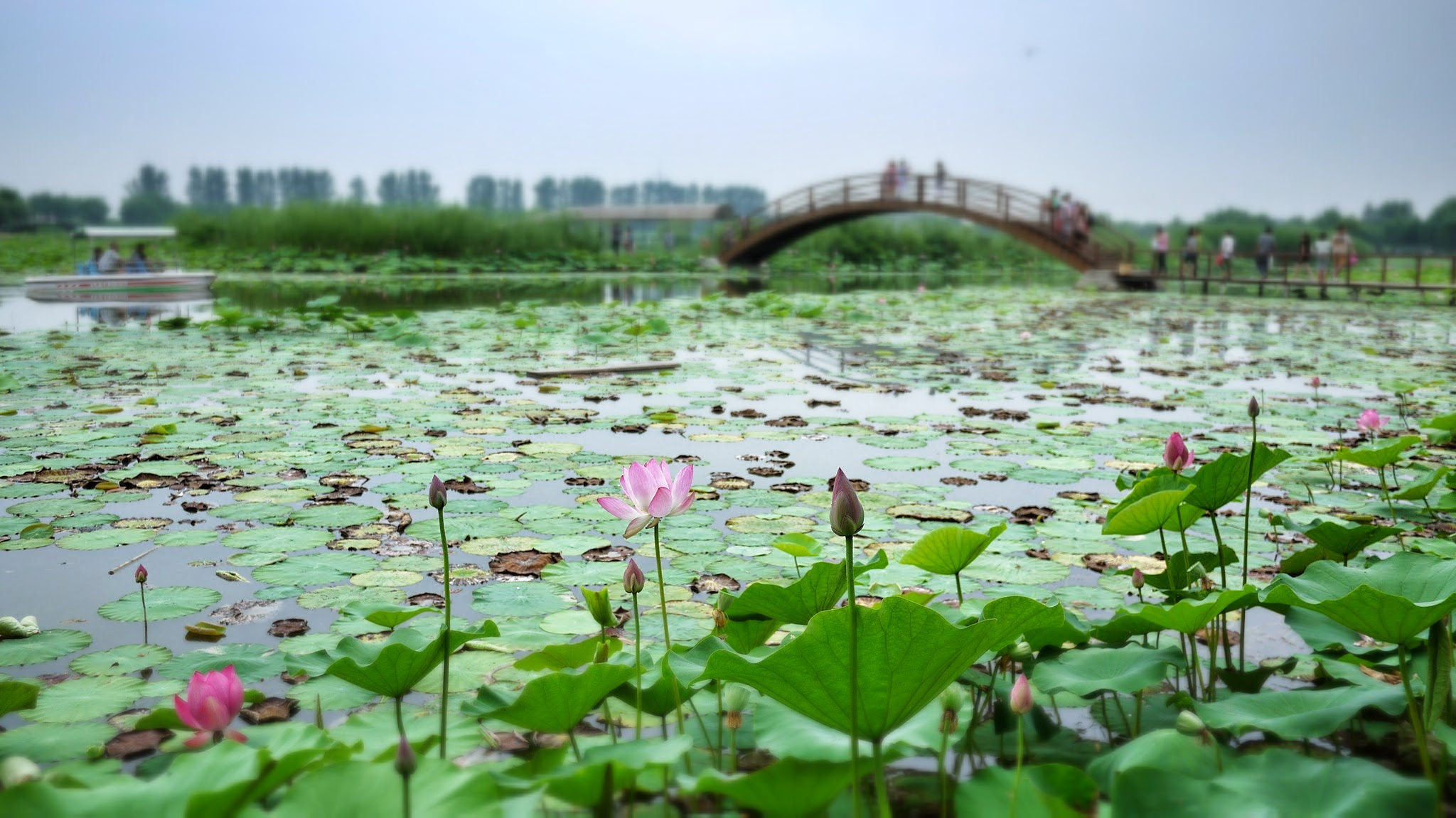
Lotus flowers floating on Baiyangdian (Image: kaurjmeb)
Unlike most of those works though, Sun’s story was set in the wetlands of Baiyangdian rather than on the plains and in the fields. Reed beds, towering fields of lotus, the bountiful harvest of the lake – all this set Sun Li’s Baiyangdian apart from other “revolutionary battlefields”.
After Sun Li in the 1940s came Liu Shaotang and Han Yingshan in the 1950s, writing in a similar style about rural life in northern China. Their writings soon became known as the Baiyangdian School, and described lives of peace and abundance – and in the 1940s and ‘50s there was indeed plenty of water and a clean environment.
1970s: the lake’s decline
Where writers of the 1940s and ‘50s saw the lake flourish, a group of post-modernist poets from Beijing were to witness its gradual decline. Between 1960 and 2008 climate change and human activity caused the amount of water flowing into the lake to decrease significantly.
During the Cultural Revolution many young people from Beijing were “sent down” to work in the villages of Hebei to be re-educated by farmers. Poets including Mang Ke, Duo Duo and Genzi started their creative careers at Baiyangdian.
In “Interviews Recording the 1980s”, poet Bai Dao, who was familiar with the young intellectual poets of Baiyangdian, recalled that “Baiyangdian’s location and scenery attracted some alternative types who’d left the mainstream ‘sent down’ youth.”
The advantage of the location was its combination of isolation and easy access to Beijing. Those alternative types were young intellectual poets outside the politically-led literary mainstream, creating their own cutting-edge work from the 1960s onwards. That work, of course, was in contrast to the mainstream, which aimed to eliminate the self in favour of the collective.
Author A Cheng once described Genzi’s poetry as both penetrating and hazy. But in terms of content, form and feel this new Baiyangdian School was deeply influenced by contemporary Western poetry and had bid farewell to the leftist rural literature of predecessor Sun Li.
With the end of the Cultural Revolution in 1976, those young intellectuals gradually returned to the cities. In 1978 reform and opening up started, and from 1980 the water level in the lake began to fall. Economic growth resulted in water being used for agriculture and 143 reservoirs were built upstream. In the 1950s, 1.83 billion cubic metres flowed into the lake each year but this would fall by 92%, to 147 million cubic metres.
Between 1983 and 1988 large expanses of the lake dried up and since then Baiyangdian has relied on water supplied from nearby reservoirs.
The rapid urbanisation launched in the 1980s also resulted in the erosion of China’s village culture. Whether as a lake or as a cultural symbol, Baiyangdian entered an irreversible decline.
2017: a farewell to village life
No author, poet or student of literature could have predicted that a State Council announcement would bring Baiyangdian back to the public’s attention. But Baiyangdian will no longer be home to villages, instead it will play host to the biggest urbanisation project ever.
Investors keen to profit from the new city are already flocking here to buy property and start businesses. Sun Li wrote of beautiful villages contrasting with bustling cities – but those villages will soon be covered with steel and concrete.
In the short span between the 1950s and 1970s the literature associated with Baiyangdian went from dreamy pastoralism to the alienation of post-modern poetry. But reality is often more dramatic than fiction. It is hard for us to imagine what Baiyangdian will look like in another twenty years – or what kind of literature it will produce.
